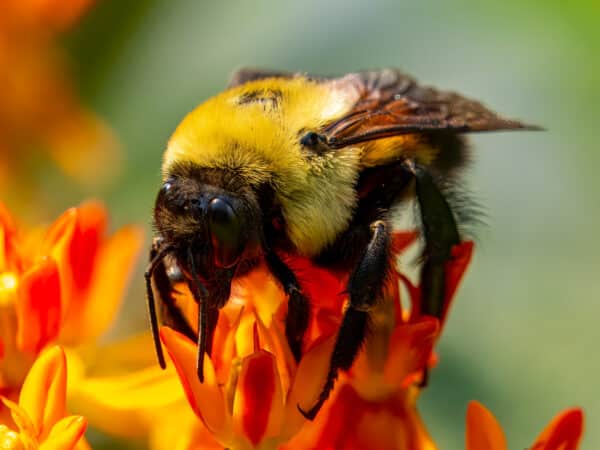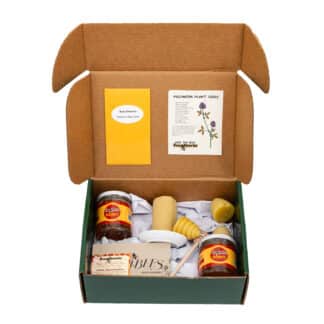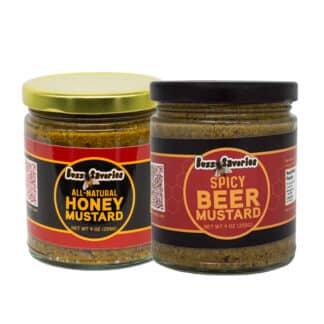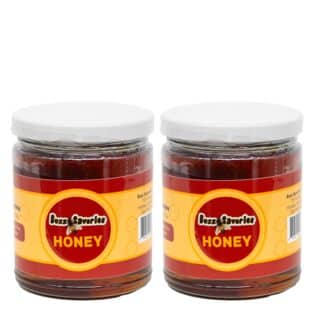Why Am I Seeing Bumblebees In My Garden In September?
I see bumblebees foraging among the zinnias, golden rod, and sunflowers that flourish and flower in my yard. Bumblebee’s plump, adorable bodies are dusted with pollen making them look like bright yellow pillows.
I admire their work ethic. As you see in Don Brockmeir’s close-up of a bumblebee, she seems to grasp her work of sipping nectar with all six legs and her mandibles too, and while collecting nectar she is also attracting beads of pollen to her hairy brown and yellow striped body to carry home.
I’m interested in learning what “home” is for a bumblebee. My research tells me that home may be a hole in the ground, a vacated gopher hole, a scoop of dirt in a neglected garden, a raft of dried leaves, in a compost heap or under sheds.
By September, these old nests are declining because the 2025 season for bumblebees is preparing to close. At the first frost all will die except for the young queens. She (the newly mated queen) will leave her home and find a winter shelter. Th newly mated bumblebee will dig into loose soil, leaf litter, or under logs where she will hibernate until spring.
She is foraging among the late blooming flowers in your landscape searching for pollen and nectar so that she may endure a long winter. The following is a list of Nebraska Native plants with blooms that provide nectar and pollen for the bumblebees in your neighborhood.
Late-Summer & Fall Bumble Bee Flowers in Nebraska
Native Wildflowers
- Goldenrods– Perhaps the most important fall forage; blooms late August through frost.
- Asters – Critical nectar source in September.
- Blazing Star– Blooms into late August; purple spikes that attract bees nonstop.
- Sunflowers– Both wild and garden sunflowers keep blooming into September.
- Joe-Pye Weed – Tall, showy clusters with lots of nectar.
- Coneflowers– Still blooming into late summer.
- Ironweed– Bright purple flowers in August/September.
- Rattlesnake Master– Spiky, unique, loved by pollinators.
Prairie Grasses with Companion Blooms
- Prairie Clover – If planted earlier, still offers forage in late summer.
- Buttercup– Tall yellow flowers, very attractive to bees.
How may we help?
- Bumblebees are searching for a safe space to spend the winter. Leave plant litter, dried leaves and compost for them to crawl under.
- Plant two or three or more of the flowers listed above for bumblebees to forage throughout September

-

Honey Gift Set
$52.00 Add to cart -

Mix & Match Sets
$25.00 Select options This product has multiple variants. The options may be chosen on the product page -

All-Natural & Local Honey
$25.00 Add to cart
